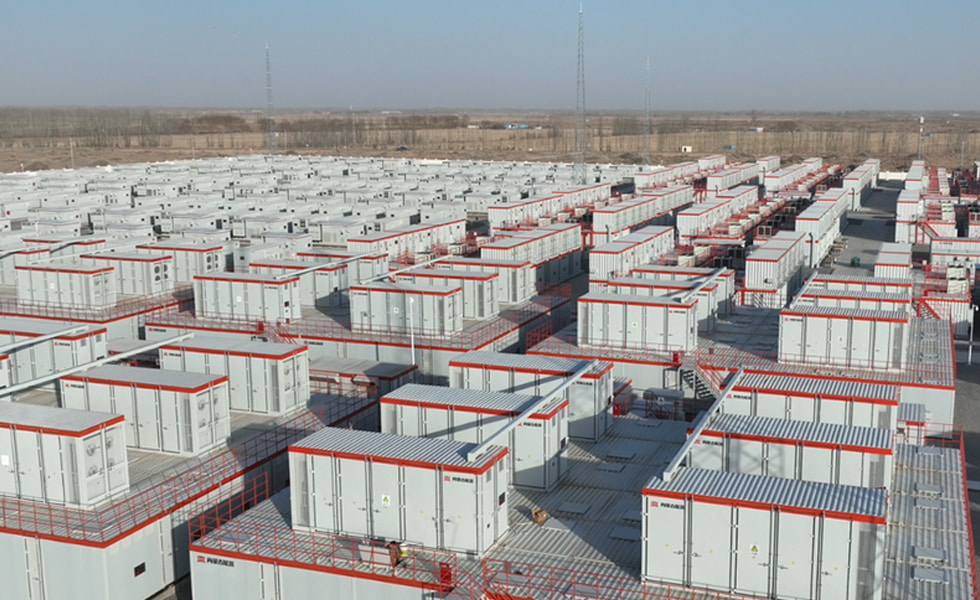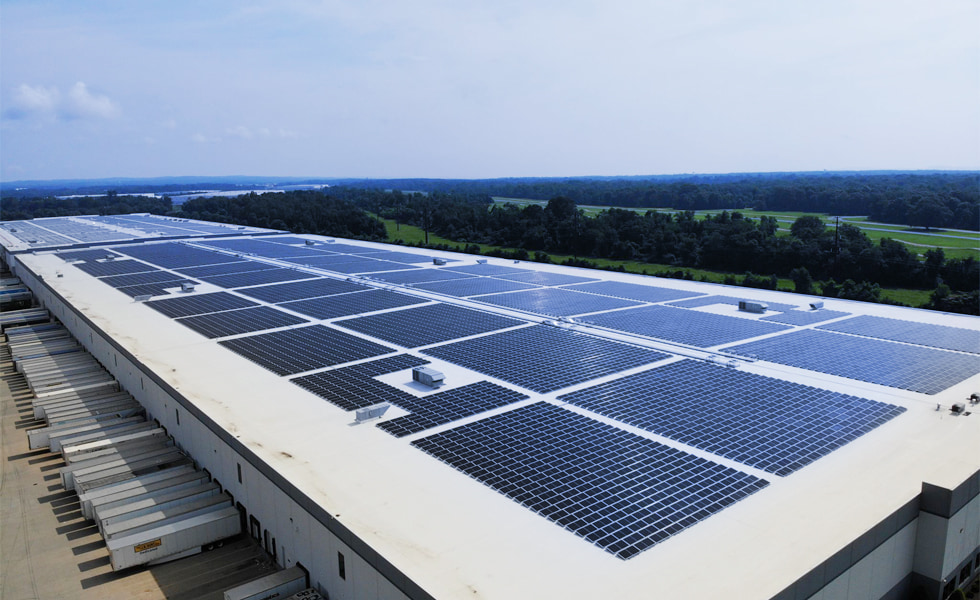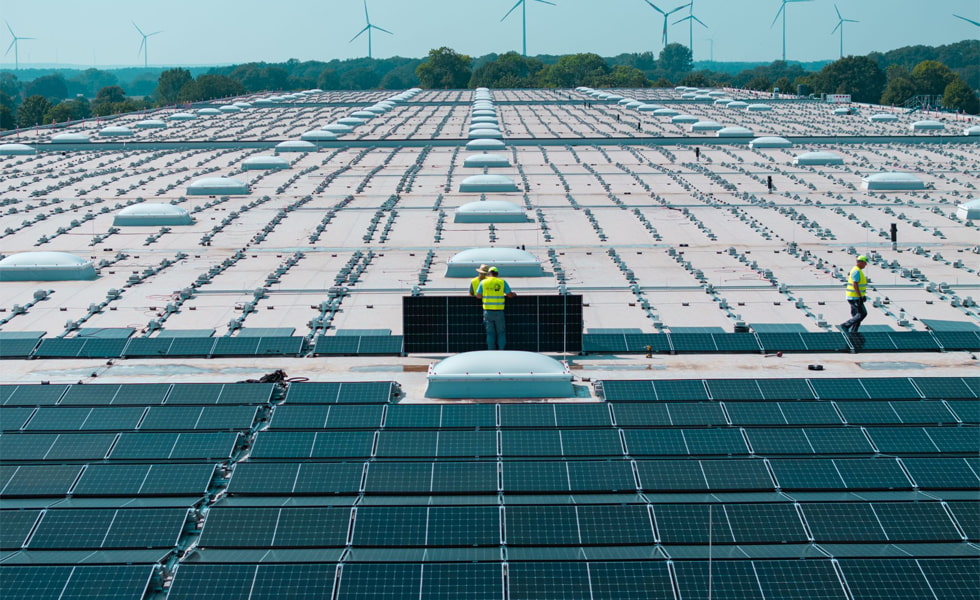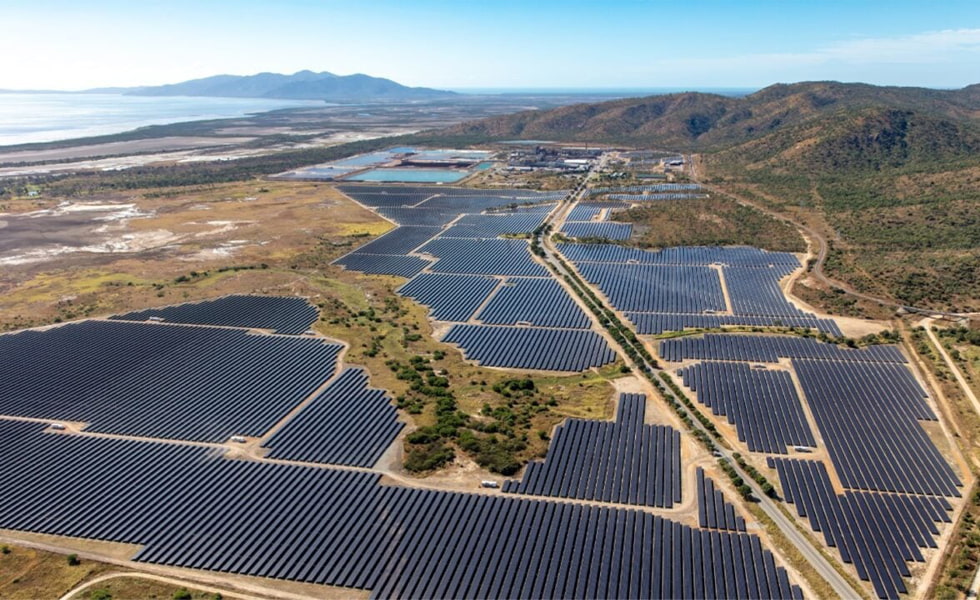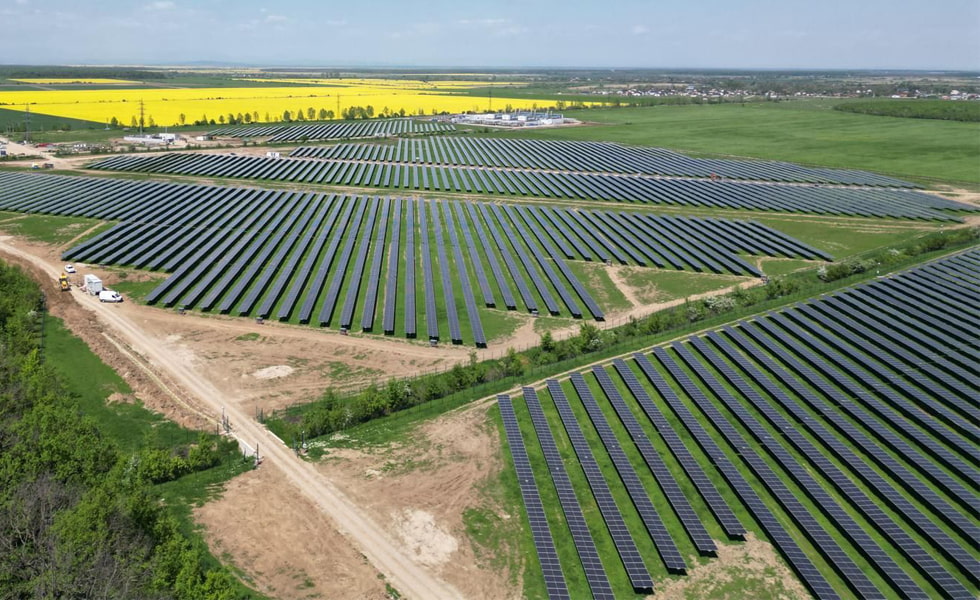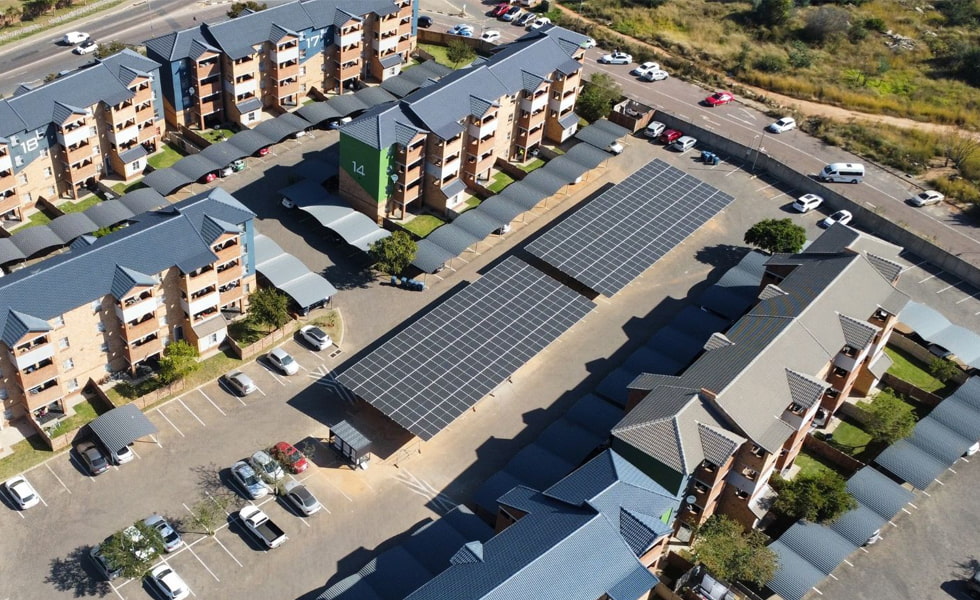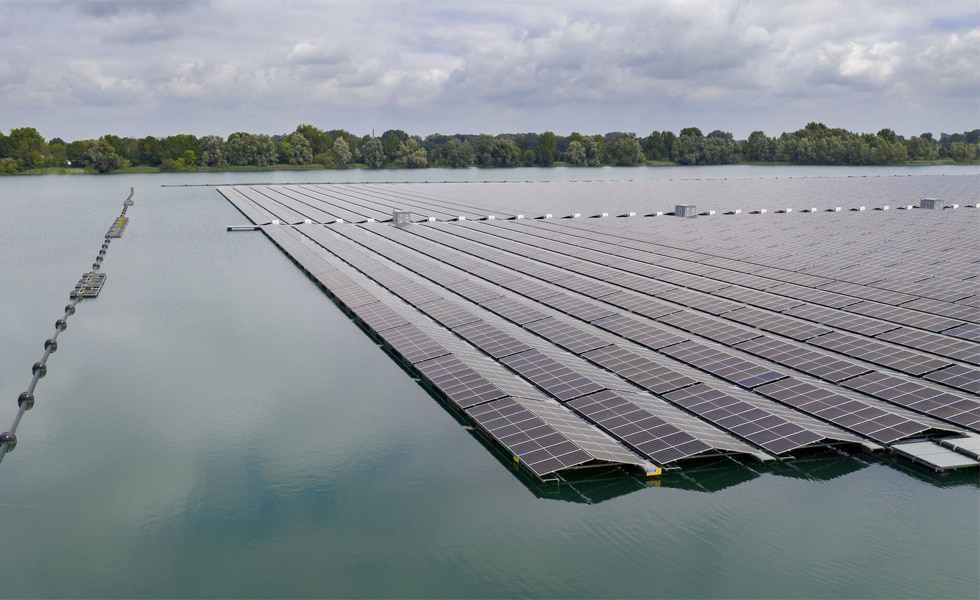Slashing 12,000 Tons of Carbon: How “Storage + Scenery” Unlocks Clean Energy's Future.
October 10, 2025
In the past two years, low voltage issues have frequently occurred at end-users during peak periods of electricity consumption in scenic spots. This has not only impacted residents' lives and tourists' enjoyment, but has also become a bottleneck restricting local industrial development. Take the ongoing popularity of the Scottish Premier League as an example. Driven by the competition, cultural and tourism revenues across Jiangsu cities have increased significantly. At the same time, each match and surge in tourism poses a significant challenge to local electricity demand. According to data from State Grid Jiangsu Electric Power, during the summer vacation, the peak load on the Jiangsu power grid reached 152 million kilowatts, breaking the record for the third time this year. Among these, the catering, comprehensive retail, and indoor entertainment sectors, core sectors of the "night economy," performed particularly well. During the four hours between 6:00 PM and 10:00 PM daily, electricity consumption exceeded 1.05 billion kilowatt-hours, a year-on-year increase of 14.3%. Facing the high electricity demand challenges brought on by the competition and high temperatures, State Grid Jiangsu Electric Power actively sought electricity from western and northern regions, leveraging existing inter-provincial and inter-regional transmission projects. On the other hand, the new energy storage power station can be fully utilized to discharge energy to the power grid during the peak electricity consumption in the evening. Scenic Areas + Energy Storage: Standard Configuration With green tourism becoming a new industry trend, energy storage has become a "standard," not an "optional," energy security feature for scenic areas. In September 2025, the Haokun Lake Scenic Area in Lingyun County welcomed its first 0.4 kV low-voltage mobile energy storage device, which was officially put into operation and connected to the grid in the Sanhe Substation in Lingzhan Township. This low-voltage mobile energy storage device acts like a "power bank," offering rapid response and intelligent regulation capabilities. When the voltage on any phase falls below 195 volts during peak hours, the device instantly "discharges" to replenish energy, stabilizing the terminal voltage to around 225 volts, a safe range. During off-peak hours, it automatically "recharges" the stored energy to reserve power for the next round of peak load regulation. This energy storage device provides a targeted solution to low terminal voltage issues in specific areas, and its operation has immediately improved the quality of electricity used in the scenic area. Last September, Dianguanjia New Energy and Haichang Polar Ocean World successfully reached an in-depth collaboration, jointly developing the park's first commercial energy storage project. The project boasts a capacity of 20MWh. The addition of energy storage will flexibly adapt to the park's overall electricity pricing. By storing energy du...
